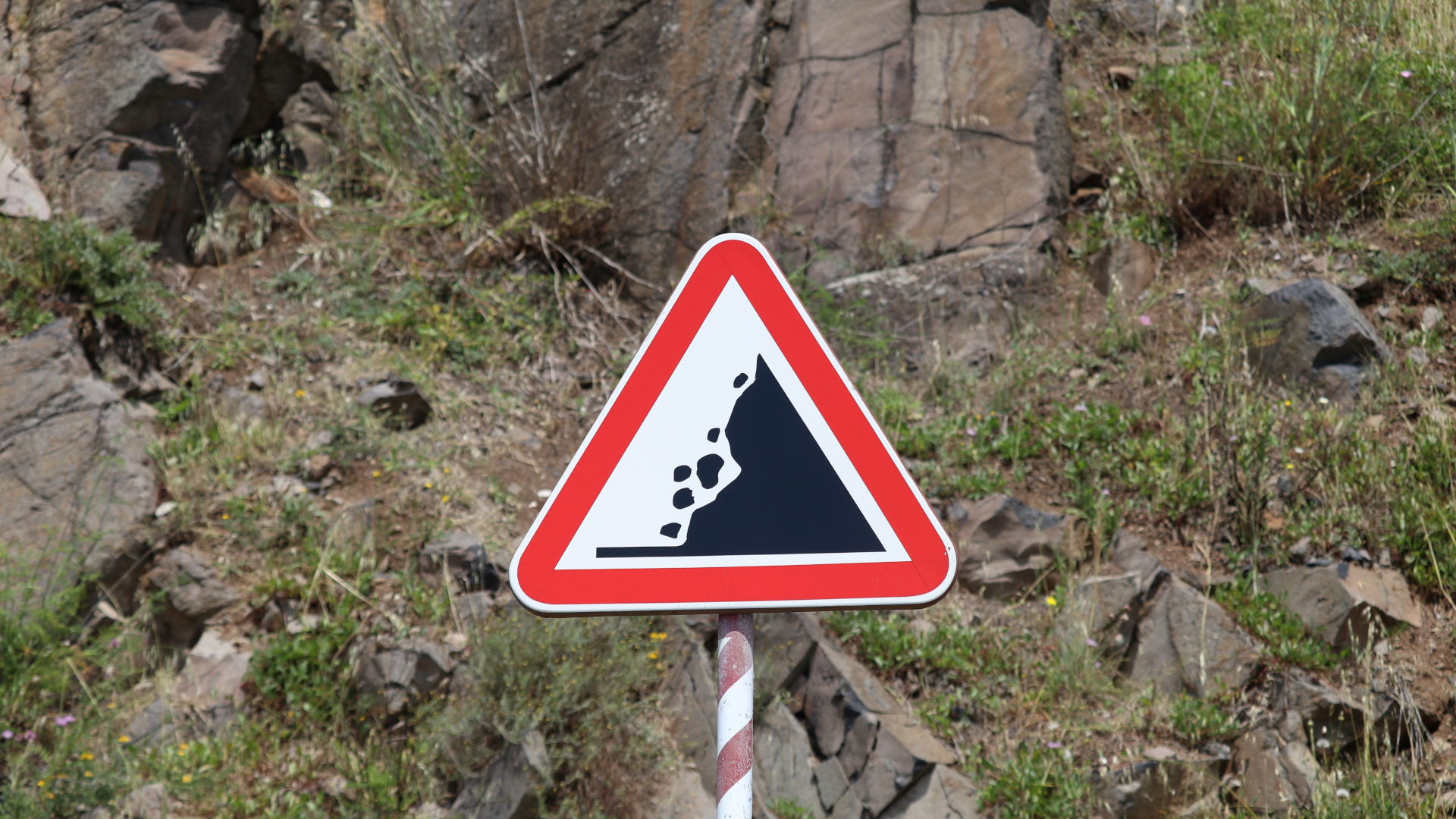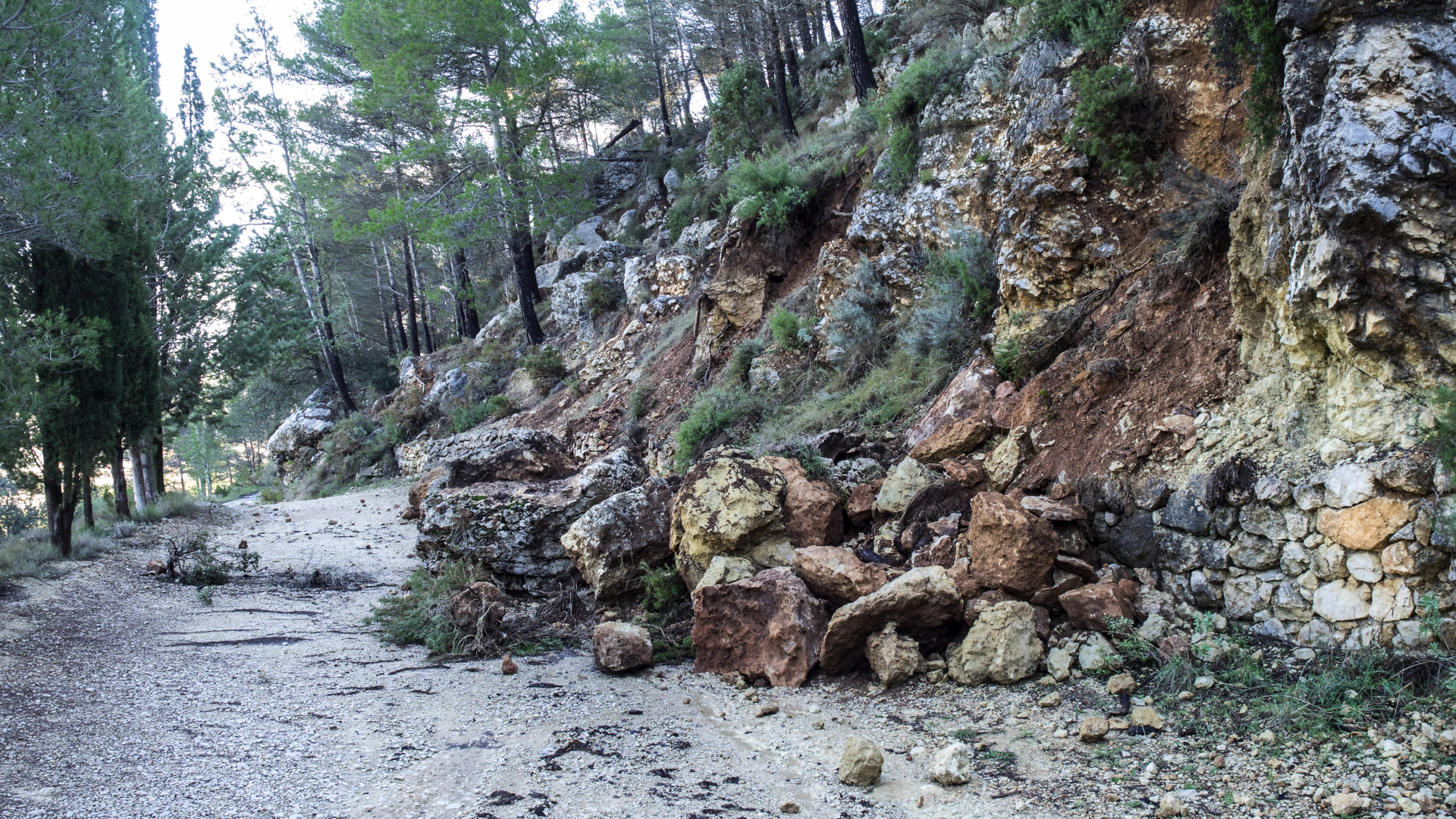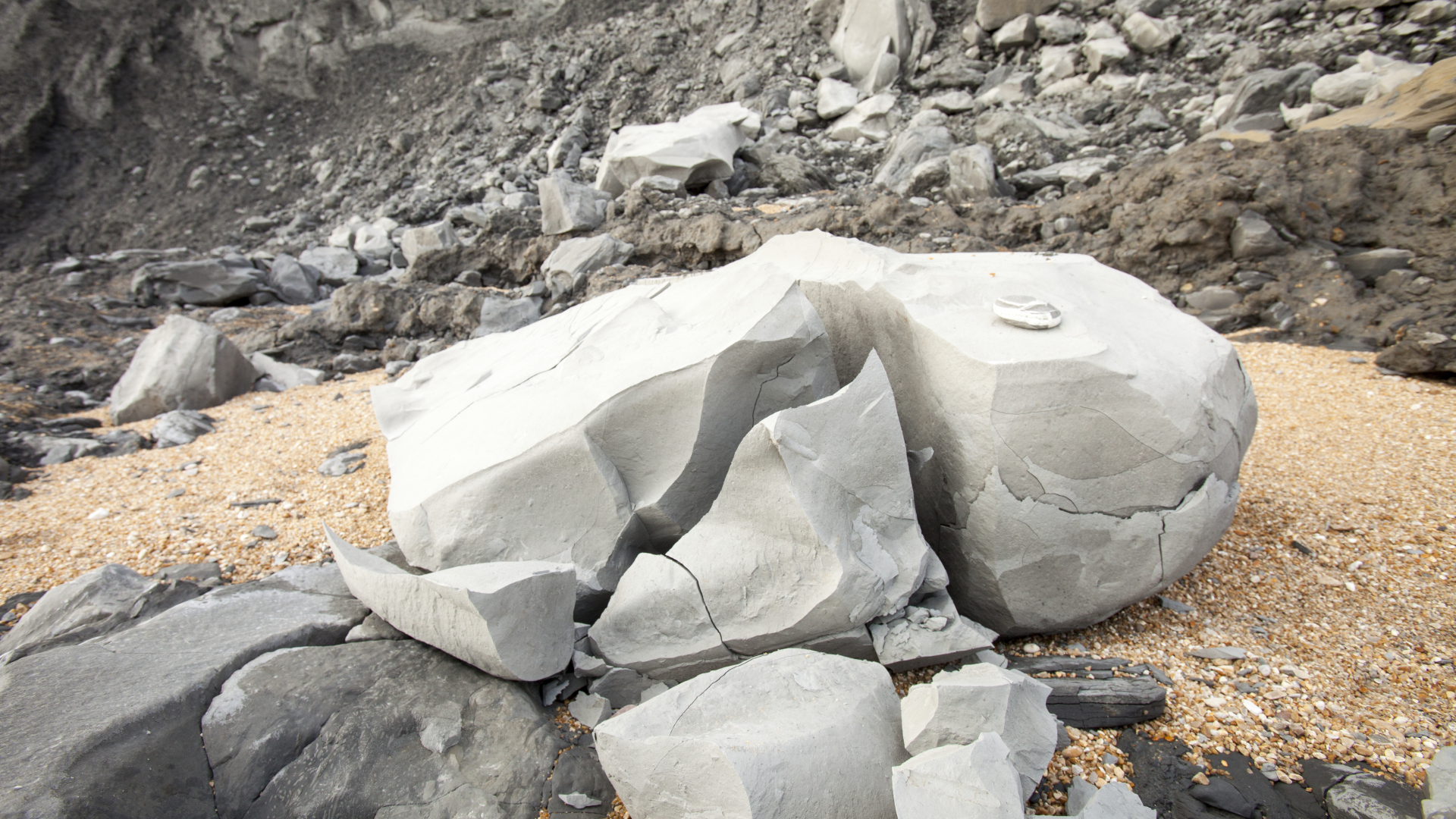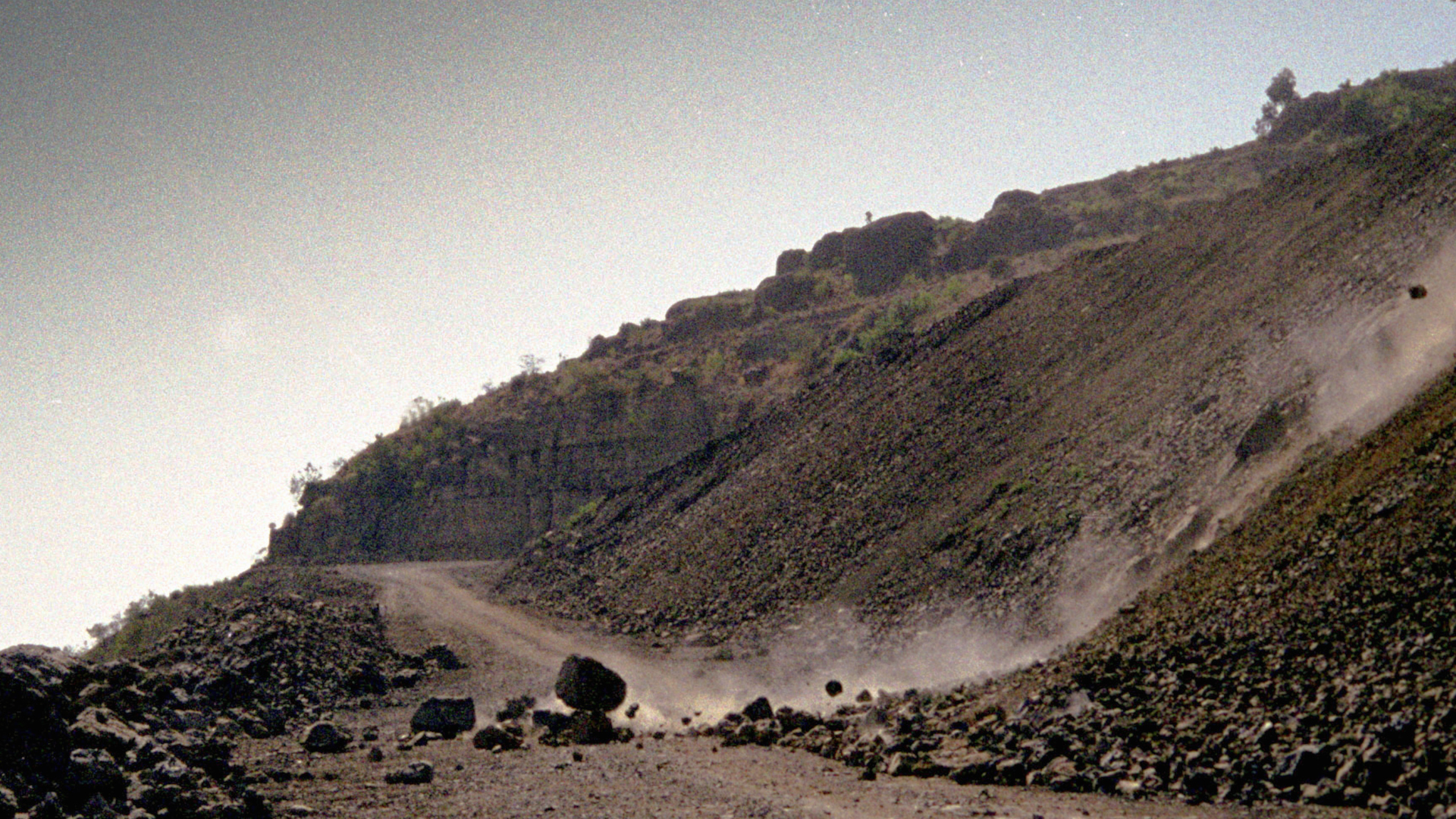What are rockslides – and are they a threat to hikers?
What are rockslides? We examine this backcountry geological hazard and how you can stay safe

Just when you thought mountain lions and bears were your biggest worry when hiking in western states, along came a video circulating online that showed a massive rockslide in Rocky Mountain National Park, a park that sees well over 4.5 million visits every year. If you watched it, you might be wondering exactly what rockslides are, and how much of a threat they really pose when you’re hiking in the backcountry. Here, we examine this backcountry – and as it turns out, frontcountry – hazard, and what you can do to reduce your risks of rockslides.
What are rockslides?
A rockslide is a lot like an avalanche, only with rocks instead of snow. According to the US Geological Survey, rockslides are a type of landslide, which describes different processes that all involve downward movement of rocks, soil and even manmade material. When just one or two rocks fall, which happens and goes largely unnoticed all the time, according to the Colorado Geological Survey, it’s referred to as rockfall, whereas when a large mass of rock tumbles down, it’s considered a rockslide or debris avalanche.
Landslides occur in all 50 states, but primarily in mountainous regions such as California, Colorado, Oregon, Washington and other western states, as well as hilly regions of the east coast such as the Appalachian mountains. In other words, many of the places you like to adventure.
There are numerous causes of rockslides that include both geological and human activity, such as:
- Tectonic uplift and seismic activity
- Subterranean erosion
- Vegetation removal and deforestation
- Freeze-thaw process
- Glacial recession
- Mining

Are rockslides dangerous?
The USGS describes landslides as a serious geologic hazard to almost every state, causing $1 billion in damage and claiming 20-50 lives every year. How dangerous they are depends on where they occur, how big the rocks are, and how fast they move. However, large scale slides such as the one at Rocky Mountain National Park can be catastrophic.
The CGS goes on to say that most fatalities from rockslides actually occur on roads, not hiking trails. That said, 2013, a family of five was tragically killed by a rockslide on a popular hiking trail in Colorado, near the town of Buena Vista, while a hiker was killed in Yosemite National Park in 2017 when a chunk of granite broke off El Capitan and tumbled onto a trail below.

There isn’t any data on rockslides and hiking, but if we take the USGS average of 35 deaths caused by landslides in the US per year and compare it to other hazards you might be worried about, it’s definitely a lot more than mountain lion attacks, of which there have only been 126 reported in all of North America over the last 150 years. However, it’s a little less than being struck and killed by lightning, believe it or not, which averages about 43 deaths per year in the US (mostly in Colorado) and a lot less hazardous than either hypothermia or heatstroke, which claim many hundreds of lives each year.
All the latest inspiration, tips and guides to help you plan your next Advnture!
In short, if you’re in or near a rockslide, it’s very dangerous indeed, but your chances of being near a big one are relatively low.

How can you avoid rockslides while hiking?
Part of what makes rockfall so dangerous, in addition to the potential for such a large volume of material, is that they happen without warning according to the CGS. They move, on average, at about 77mph according to Science News for Students, so you can’t very well outrun them and while leaping to the side is a good idea, rocks can bounce in unpredictable directions. As with many hiking hazards, there is no guarantee that you can avoid them, however if you’re hiking in steep, rocky terrain, there are some precautions you can take:
- Avoid hiking in areas of steep, rocky terrain during spring thaw.
- Avoid hiking in areas of steep, rocky terrain following heavy rains.
- Keep your eyes open for areas showing evidence of recent rockfall and hike carefully or avoid these areas.
- Avoid hiking in the fall line (the most direct line downhill) of steep terrain when there are other hikers above or below you.
- Stay on the trail and make use of switchbacks.
- If you’re hiking downhill on a wider, rocky trail in a group, hike side-by-side in parallel lines rather single file.
- In narrow areas like canyons and ravines, move through one at a time.
- Take care not to dislodge rocks and boulders when crossing scree or boulder fields.
- Best hiking boots: find the perfect footwear for any terrain
Julia Clarke is a staff writer for Advnture.com and the author of the book Restorative Yoga for Beginners. She loves to explore mountains on foot, bike, skis and belay and then recover on the the yoga mat. Julia graduated with a degree in journalism in 2004 and spent eight years working as a radio presenter in Kansas City, Vermont, Boston and New York City before discovering the joys of the Rocky Mountains. She then detoured west to Colorado and enjoyed 11 years teaching yoga in Vail before returning to her hometown of Glasgow, Scotland in 2020 to focus on family and writing.

